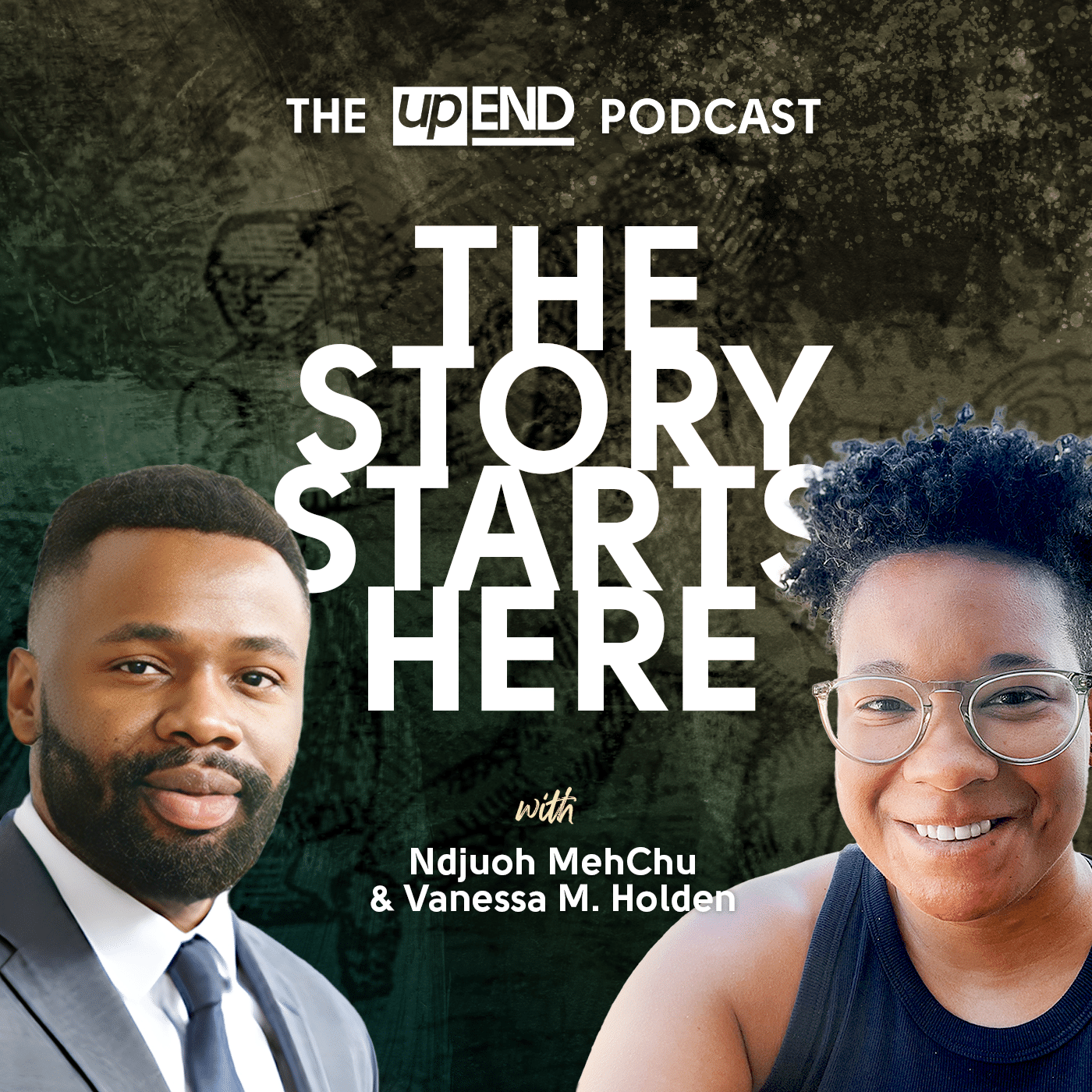Module One establishes the terror and violence of family separations. In this module, we review the history of family separations in the United States that began during the era of human chattel slavery and the harm that results from these separations through the narratives of formerly enslaved people.
Module One then reviews how the growing recognition of the harm that resulted from family separations led to the growth of the abolition movement and eventually to the Civil War and passage of the Thirteenth Amendment, which on paper, ended the institution of slavery. The module then continues with the recognition that despite the abolition of slavery, family separations did not end but instead have taken different forms that we’ll explore in later modules. Importantly, Module One establishes the idea family separations should be viewed as a continuum.
Rather than viewing the forcible separations of Black children from their parents as a violent artifact of slavery, Module One establishes that these separations have continued and have often been accompanied by the same violence and anti-Blackness present during slavery. It is our inability to bridge the connections between the violence inflicted on Black families during slavery and the violence inflicted on Black families today by the family policing system that allows this violence to continue. Understanding family separations as a continuum rather than a historical artifact is essential to naming this violence and working toward its end.
The Terror of Family Separations

Talk of the Nation, Piecing Together Stories of Families ‘Lost in Slavery’, NPR.
How Family Separations Facilitated the Abolition Movement

Considering History: Uncle Tom’s Cabin and Imagining Slavery’s Family Separations, Saturday Evening Post

Separating Parents from Children, American Anti-Slavery Almanac Vol. 1, no. 3 (1838), pgs. 16-17.
Family Separations as a Continuum

Divided Families Podcast, American Slavery’s Legacy of Family Separation with DeNeen Brown
![]()
Website: History of Family Separation, The Gathering for Justice
FOR FURTHER READING
READ: Heather Andrea Williams, Help Me To Find My People: The African American Search for Family Lost in Slavery
READ: Saidiya Hartman, Lose Your Mother: A Journey Along the Atlantic Slave Route
READ: Laura Briggs, Taking Children: A History of American Terror
WATCH: Conversations on upENDing Systems, Laura Briggs, upEND Movement
READ: Stephanie E. Jones-Rogers, They Were Her Property: White Women as Slave Owners in the American South
READ: North American Slave Narratives, Documenting the American South, University of North Carolina at Chapel Hill
Subscribe to the upEND Newsletter
